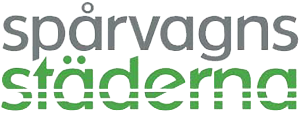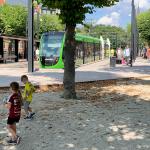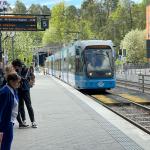Trams are efficient
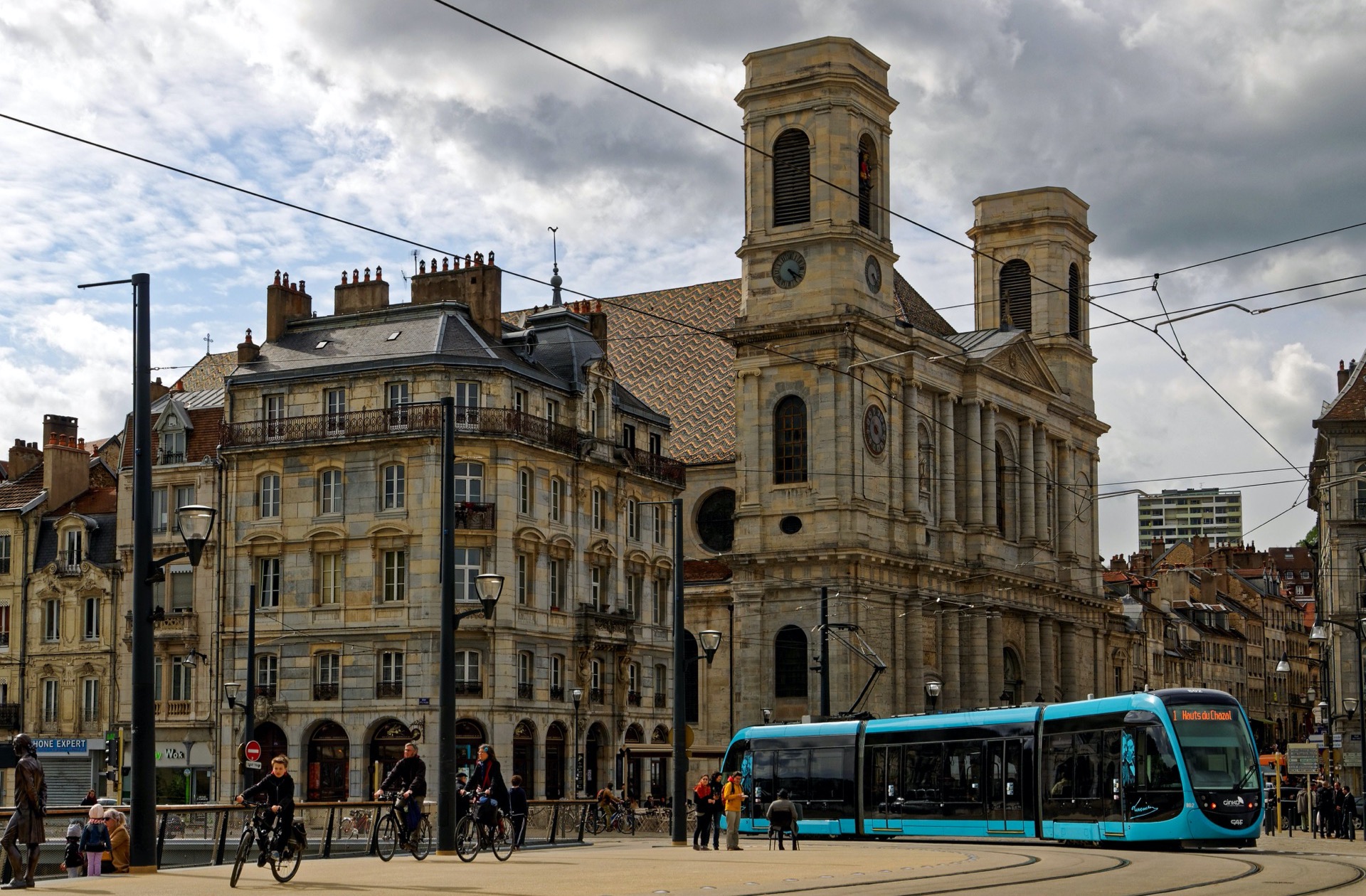
Trams use little energy, requires little space and still transports many passengers
Trams have high capacity at a reasonable cost. Trams cans transport 2-3 times as many passengers as an articulated bus. Only commuter trains and metros will be able to transport more passengers. Buses continue to fill a very important role in the public transport system, especially in areas with lower demand or as feeders to the high capacity system. But correctly used, trams are cheaper per transported passenger compared to bus, at the cost of 20-25% of metro system.

(Graph above shows passengers per hour and direction for an articulated bus compared to 30/40 meter trams).
It's easy to increase capacity
In Sweden and many other countries trams are legally defined a road vehicles, and hence doesn't have to adhere to length limitations set for buses. It's therefore also possible and easy to increase the length of the trams as demand grows, without requiring more drivers - hence keeping the costs low.
Modern trams usually consists of between five and seven modules. Some of these modules have wheels while the others are suspended between them. By installing more modules, a tram can increase capacity easily, and thereby extending the life of the vehicle.
A tram requires little room
Trams are especially good for densely built cities. They follow a well defined area and the track minimizes the room need to maneuver the vehicle. Extra space for sudden swerving is not needed when building a tram system. Calculated by passenger, the room needed in a city requirement for a tram is only 1,2 square meters, compared to 2,1 sqm for a bus and 22,1 sqm for a car. A two track tramway can be fitted within 6 meters, regardless of speed. For a busway 7,5 meters are needed if the speed is above 50 km/h.
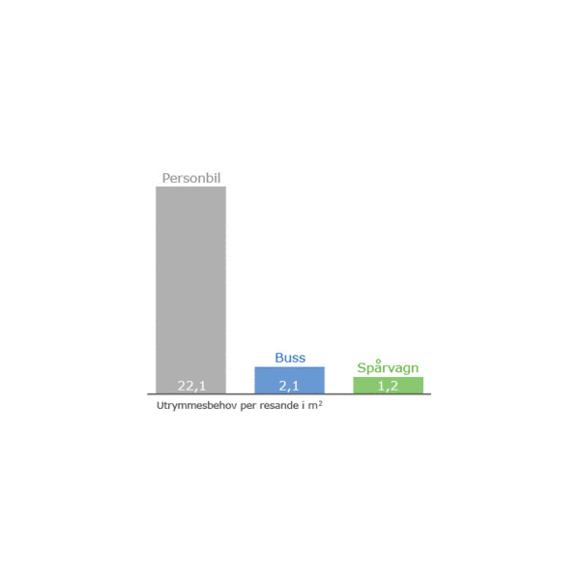
(Graph above shows the space required in square meters per passenger for different vehicle types; car, bus and tram.)
Trams are flexible
Trams can run on reserved space in the street, in mixed traffic, on their own separate right of way, on grass, in a tunnel, over viaducts or even through fountains like in Oslo. The turn radius can be as low as 18 meters, and sometimes even smaller if needed. In Heidelberg, the smallest turn radius is 15,5 meter.
Speeds can vary from 80 km/h at longer distances, to 50 km/h in built up areas and 15 km/h through pedestrian areas. The average speed is usually about 20-25 km/h in modern tramway systems that have been built right with signal priority and dedicated space.
Trams can also be run on regular railroads, and are called tram trains. They are hybrid vehicles and can be operated as regular commuter trains. This means that passengers can enjoy the higher speed over the longer distances, and then also enjoy coming closer to their goal while the tram continues on street tracks into the city without having to change. The tram train can be combined with the regular tram. Examples of this are the systems in Karlsruhe and Aarhus.
| Attachment | Size |
|---|---|
| About tramways (In Swedish with footnotes) (PDF) | 151.25 KB |
